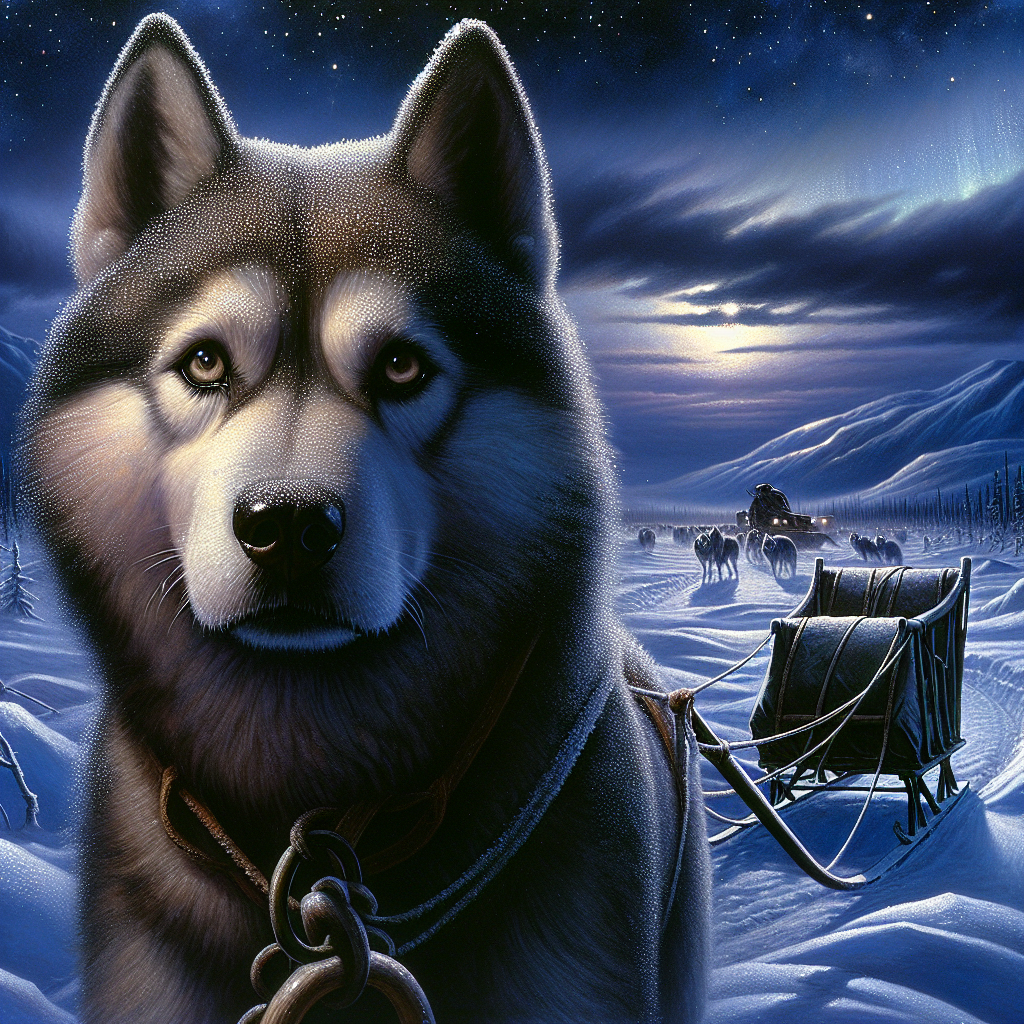The Brave Alaskan Dogs That Stopped a 1925 Diphtheria Outbreak
The Brave Alaskan Dogs That Stopped a 1925 Diphtheria Outbreak
Historical Context
In 1925, the remote town of Nome, Alaska, faced a deadly diphtheria outbreak. With no access to life-saving antitoxin, the town’s children were at grave risk. The harsh winter conditions made traditional transportation impossible, necessitating a daring solution.
The Heroic Serum Run
A relay of dog sled teams, led by courageous mushers and their resilient dogs, embarked on a perilous journey to deliver the antitoxin. Covering over 600 miles in sub-zero temperatures, these teams raced against time to save lives.
Key Figures and Teams
- Leonhard Seppala and his lead dog, Togo, covered the longest and most treacherous leg of the journey.
- Gunnar Kaasen and his lead dog, Balto, completed the final stretch, delivering the serum to Nome.
Impact and Legacy
The successful delivery of the antitoxin averted a public health disaster. The bravery of the dogs and mushers became legendary, highlighting the critical role of teamwork and determination in overcoming adversity.
Conclusion
The 1925 serum run remains a testament to human and canine courage. It underscores the power of collaboration and resilience in the face of seemingly insurmountable challenges.








































